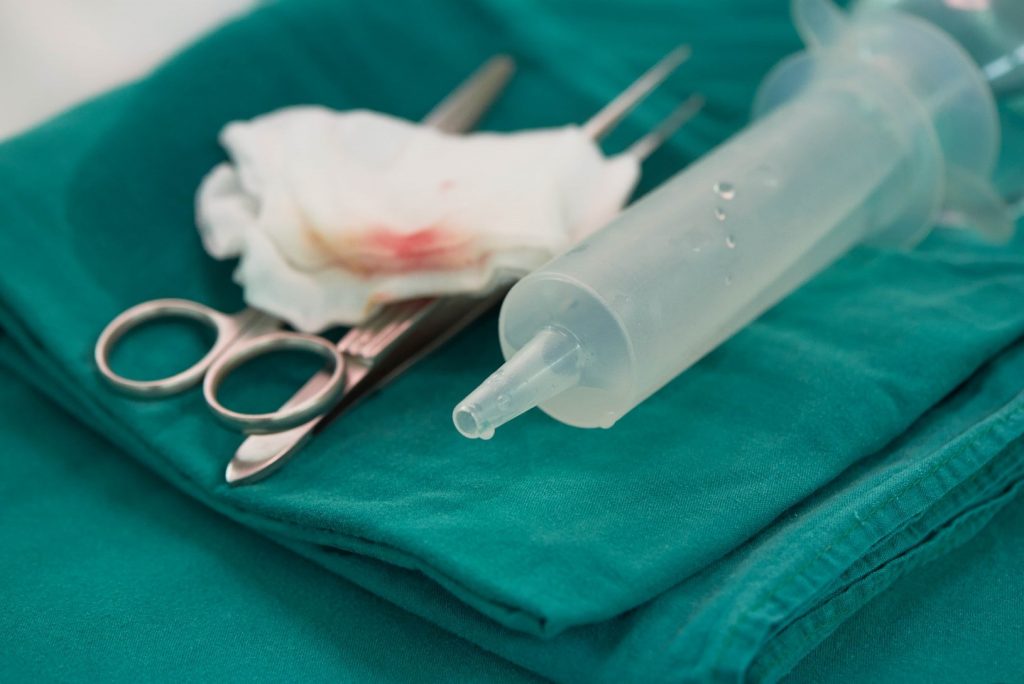As a medical professional, the appropriate disposal of single-use surgical instruments is an integral part of the job. In order to prevent contamination or and reduce health risks to the people in the waste management industry, every person in the medical field must handle and properly dispose of single-use instruments.
Waste management procedures for single-use instruments and tools tend to vary from country to country and even hospital to hospital, so you must consider it your responsibility to know what the guidelines are for your place of work. That being said, there are general rules and procedures that govern Australian institutions, as outlined below.
Categorising and Segregating Medical Waste
Once a single-use instrument such as disposable cholangiogram forceps has been used, it must be categorised according to the laws in your state and medical practice. These categories can vary across the board, so you should always keep apprised of the local laws for waste categorisation. In general, the identification of medical waste follows these broad categories.
Hazardous
Hazardous waste is classified as any medical waste that can potentially cause harm to others due to its infectious or radioactive properties. The category further denominates into sharps and non-sharps.
Sharps include disposable, permanently fixed needle syringes, scalpel blades, and other sharp items. If it has the potential to puncture skin, and has infectious properties, then it falls into this category. Everything else in this category can be classified as a non-sharp.
Controlled
Controlled waste is anything with potentially infectious body fluids stored in compact containers. These wastes such should not be able to express said fluids when compacted or squeezed. Disposable instruments will generally fall into this category, as they will be contaminated but not completely hazardous. Example items are emptied urine bags, non-sharp syringes and used PPE equipment.
General
Finally, general waste is comparable to household waste. This type of waste can be recycled or disposed of without the hospital being concerned about hazardous consequences.
One thing that is crucial to note is that you should always be wearing gloves and a mask when dealing with contaminated waste, and manual handling should be avoided if at all possible.
Storage, Transport and Disposal of Medical Waste
It is incredibly important to segregate and store your medical waste separately, as each category undergoes a different decontamination and disposal process. For example, hazardous sharps containers must be autoclaved, then ground into powder. As such, any non-sharps material left in the container will hinder this process significantly.
Each medical practice should have separate rooms for different waste categories. This keeps the waste physically segregated, and also makes it easier for practitioners to differentiate between them on waste disposal days. Within these rooms the waste needs to be clearly labelled with the numbered indicator of its type, as well as bagged in the correct colour. Once it is picked up by your waste disposal company, this will prevent any mishandling or mis-categorisation errors.
Work in tandem with a qualified waste contractor to develop the appropriate procedures for disposal at your hospital, and ensure that any infectious waste (which has “expressible liquid”) is taken through the proper channels.
Ensure surgical innovation and patient safety.
At Endovision, we invest in the medical fields that continue to give back. Proudly Australian-owned and operated, our friendly team is always ready to help with any orders or questions you might have. Just give us a call!


